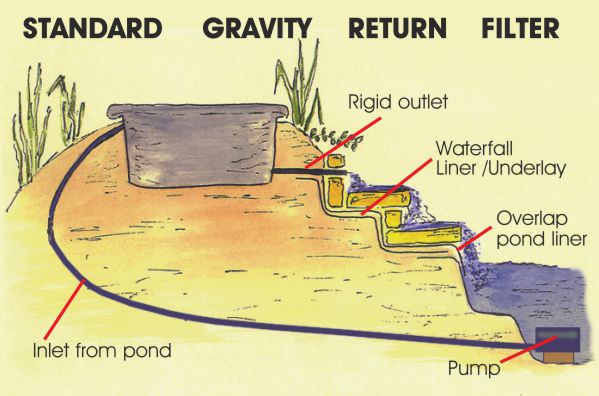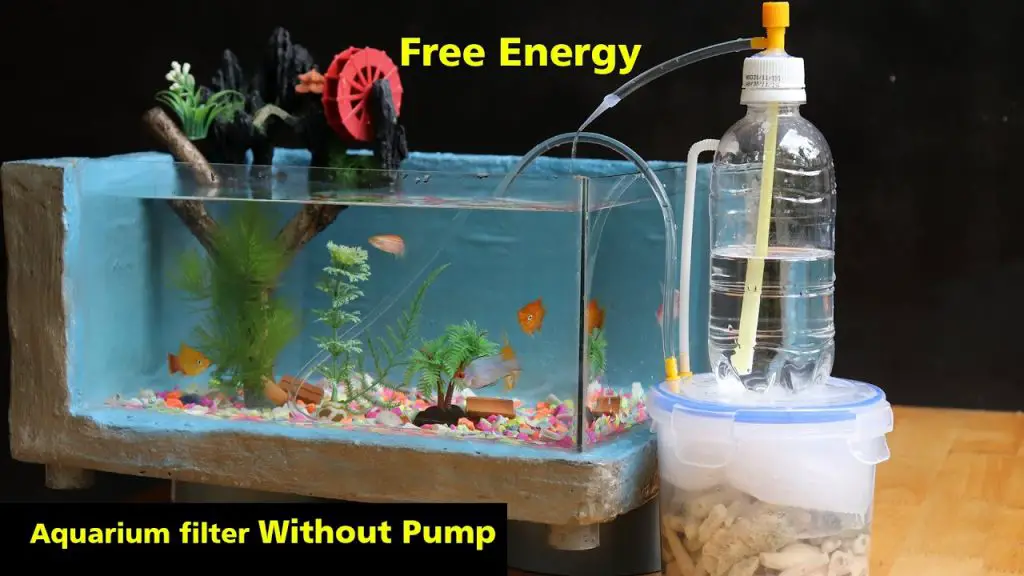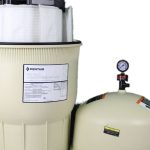Creating a pond filter without electricity can be a cost-effective and eco-friendly way to maintain the water quality of your pond. By using natural materials and simple techniques, you can effectively filter out impurities and keep your pond clean and healthy for aquatic life. In this guide, we will explore different methods and steps to make a pond filter without the need for electricity.

Credit: worldofwater.com
Materials Needed:
- Large plastic barrel or container
- Gravel
- Sand
- Activated charcoal
- PVC pipes or hoses
- Mesh screen or filter fabric
- Water plants (optional)
- Tools: Drill, saw, and scissors
Step-by-Step Guide:
1. Prepare The Container:
Start by selecting a large plastic barrel or container that will serve as the main body of your pond filter. Make sure it is clean and free from any chemicals or residues. Cut the container in half horizontally to create two separate chambers.
2. Create The Filtration Layers:
Layer the bottom of the first chamber with gravel, followed by a layer of sand, and then a layer of activated charcoal. These layers will act as the filtration media to remove debris, impurities, and odors from the water.
3. Install The Water Inlet And Outlet:
Drill holes in the container to insert PVC pipes or hoses. The water will enter the filter through the inlet pipe and exit through the outlet pipe. Make sure the pipes are securely attached and sealed to prevent leaks.
4. Add A Mesh Screen:
Place a mesh screen or filter fabric over the top of the filtration layers to prevent them from mixing with the water. This will also help in trapping larger debris and ensuring the filtration process is efficient.
5. Assemble The Filter:
Place the second half of the container over the first half to create a cover for the filter. Secure it in place using screws or clips. This will protect the filtration layers and prevent external contaminants from entering the filter.
6. Install The Filter In The Pond:
Place the assembled pond filter in a strategic location within the pond where water flow is consistent. Ensure the inlet pipe is submerged below the water level to allow for proper circulation and filtration.
7. Maintain The Filter:
Regularly check and clean the filter by removing debris and rinsing the filtration media. Replace the activated charcoal periodically to maintain its effectiveness in absorbing impurities and odors.

Credit: m.youtube.com
Benefits of a Pond Filter Without Electricity:
- Environmentally friendly
- Cost-effective
- Promotes natural filtration
- Improves water quality
- Safe for aquatic life
By following these steps and using natural materials, you can create a pond filter without electricity that effectively cleans and maintains the water quality of your pond. Enjoy a clear and healthy pond environment while minimizing your environmental impact with this DIY pond filter project!





